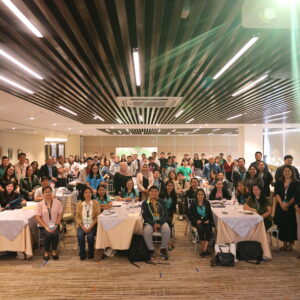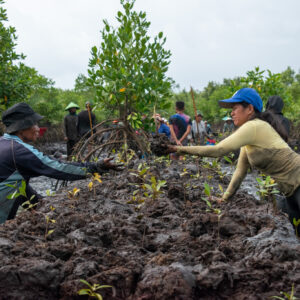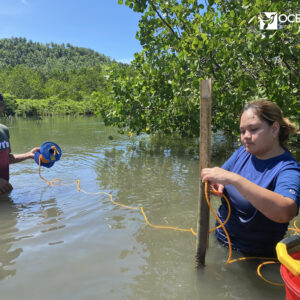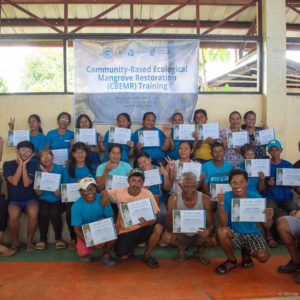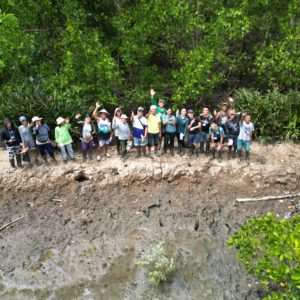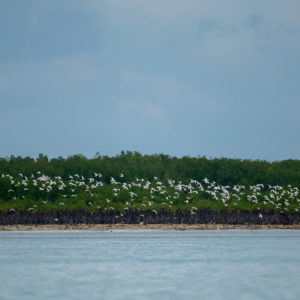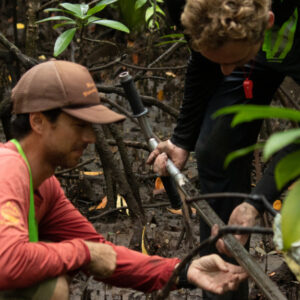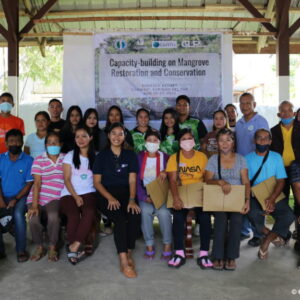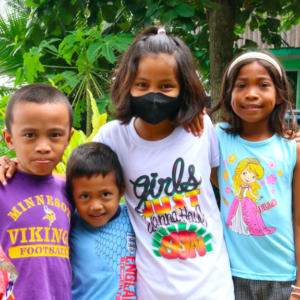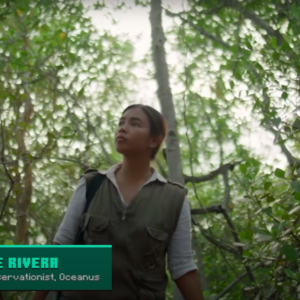From August 19-23, 2024, the Department of Environment and Natural Resources-Biodiversity Management Bureau (DENR-BMB) hosted a week of productive training workshop on Science-Based Mangrove Rehabilitation Methods in Iloilo City. This event was held alongside the Policy Roll-Out of Department Memorandum Order No. 2024-01, which focuses on the Immediate Assessment of Abandoned, Undeveloped (Unused), and Underutilized...
Category: Environment
Happy International Mangrove Day!
Community-Based Ecological Mangrove Restoration: A Joint Effort by Oceanus Conservation and Bitaugan West Fisherfolks Association Author: Emmanuel Cababarros Jr. Oceanus Conservation in partnership with the Bitaugan West Fisherfolks Association (BWFA), conducted an ecological restoration initiative from June 25 to July 2, 2024, in Barangay Bitaugan West, Cagwait, Surigao del Sur. This collaborative effort focused on...
Biodiversity assessment in Surigao del Sur
We conducted a biodiversity assessment at the mangrove restoration sites in Poblacion and Bitaugan West, Cagwait, Surigao del Sur. This evaluation aimed to gather baseline data on various environmental factors to gauge the success of the ongoing restoration projects. Oceanus collected data on water quality, soil samples, mangrove biodiversity, and macroinvertebrate biodiversity, ensuring a comprehensive...
Community-Based Ecological Mangrove Restoration (CBEMR) training in Cagwait, Surigao del Sur
Our Blue Carbon Program focuses on the restoration and protection of blue carbon habitats such as seagrass and mangrove habitats. The 2nd phase of this program is to conduct trainings for our partner communities to equip them with the knowledge and skills for mangrove restoration and monitoring. With this, our team recently partnered with the...
Mangrove Restoration: A Community Effort in Kabasalan
Mangrove forests act as nature’s guardians, filtering water, providing vital habitat for marine life and livelihood for local coastal communities, and even protecting shorelines from erosion and storms. Unfortunately, these vital ecosystems have faced threats such as coastal development, cutting, and conversion to aquaculture ponds. This is where our Blue Carbon Program steps in. Focused...
Flying for Hope: Towards Migratory Birds Conservation
The world has taken a toll from the climate crisis. Its impacts have resulted in unprecedented events that have affected both human activities and wildlife migration patterns. One of the most serious effects of the world’s alarming problem is the loss of habitats, which also poses a threat to food security. This is especially true...
Blue Carbon Ecosystems:Climatological and Socio-economic Impacts of Mangrove Restoration in Cagwait, Surigao del Sur, Philippines
Mangroves for climate mitigation Mangroves are part of the blue carbon ecosystems (BCE). These are highly productive coastal ecosystems that can store large amounts of carbon in the atmosphere. In this case, mangroves store and sequester substantial amounts of carbon in their aboveground biomass (bark, leaves, branches) and belowground biomass (soil sediment) accumulated. Certainly, mangrove blue carbon ecosystems...
Capacity-Building Training on Mangrove Rehabilitation, Restoration, and Conservation in Cagwait, Surigao del Sur
Mangroves in the Philippines We have the common knowledge that whenever we encounter a plant or tree species, we always end up with one conclusion. They absorb carbon dioxide and give off oxygen. Conversely, they are called autotrophs. They are organisms that can make their food. And in the process, they support humans and other living things...
Blue Carbon Project: A one-day training on the Propagation of Sonneratia alba seedlings for the community in Salay, Misamis Oriental
Our Mission As part of our blue carbon project, Oceanus Conservation aims to contribute to the conservation, education, and overall community development of Filipinos. We are organizing training for our partner communities to provide ecosystem services. This would pertain to food security in the years to come and create a sustainable and lasting impact. Knowledge...
Building a Better World: Mangroves in Minecraft
For over a decade, humans have been responsible for over 60% of mangrove loss. It painted a painful picture of the possibility of losing more mangroves and the ability to restore them. However, great efforts in restoration, replanting, and conservation had made these past few years. With this, there has been a slow decline in...
